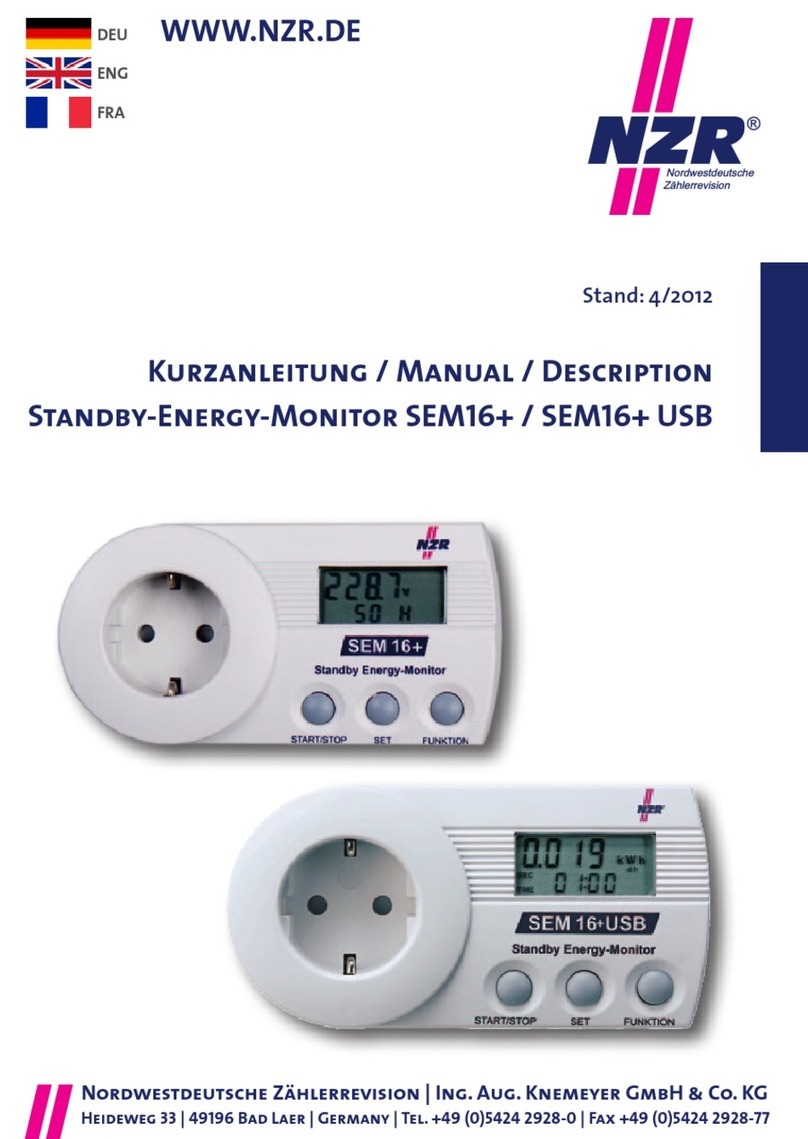
3
Contents
1 Preliminary remarks ................................................................................. 5
1.1 Safety information ...........................................................................................5
1.2 Maintenance...................................................................................................5
1.3 Information for the electric power customer.......................................................5
2 Mounting and installation ......................................................................... 6
2.1 Mounting ........................................................................................................6
2.2 Installation......................................................................................................7
2.2.1 Connection examples......................................................................................8
3 General description................................................................................ 10
4 Standards and regulations...................................................................... 11
5Housing, control and display elements.................................................... 12
5.1 Overview......................................................................................................12
5.2 LC Display....................................................................................................13
6 Technical description ............................................................................. 14
6.1 Technical data .............................................................................................. 14
6.2 Operational diagram......................................................................................15
6.2.1 Direct-measuring meter up to 65 A................................................................. 15
6.2.2 Transformer connected meter up to 5 A..........................................................15
6.3 Inputs........................................................................................................... 16
6.4 Outputs ........................................................................................................16
6.4.1 Secondary impulse output .............................................................................16
6.4.2 Primary impulse output.................................................................................. 16
6.4.3 Test LED......................................................................................................17
6.5 Interfaces .....................................................................................................17
6.5.1 M-Bus interface ............................................................................................17
6.5.2 LON interface ...............................................................................................17
6.5.3 RS485 interface ............................................................................................18
6.6 Battery .........................................................................................................19
6.7 Path disconnector .........................................................................................19
7 Operation of the meter............................................................................ 20
7.1 Display control ..............................................................................................20
7.1.1 Standard menu .............................................................................................21
7.1.2 Test mode (only for calibration)......................................................................24
7.1.3 Address menu ..............................................................................................26
7.1.4 Edit menu.....................................................................................................28
8 Appendix................................................................................................ 32
8.1 EC Declaration of Conformity.........................................................................32
8.2 Declaration of Conformity for the EC Prototype Certificate ............................... 33





























